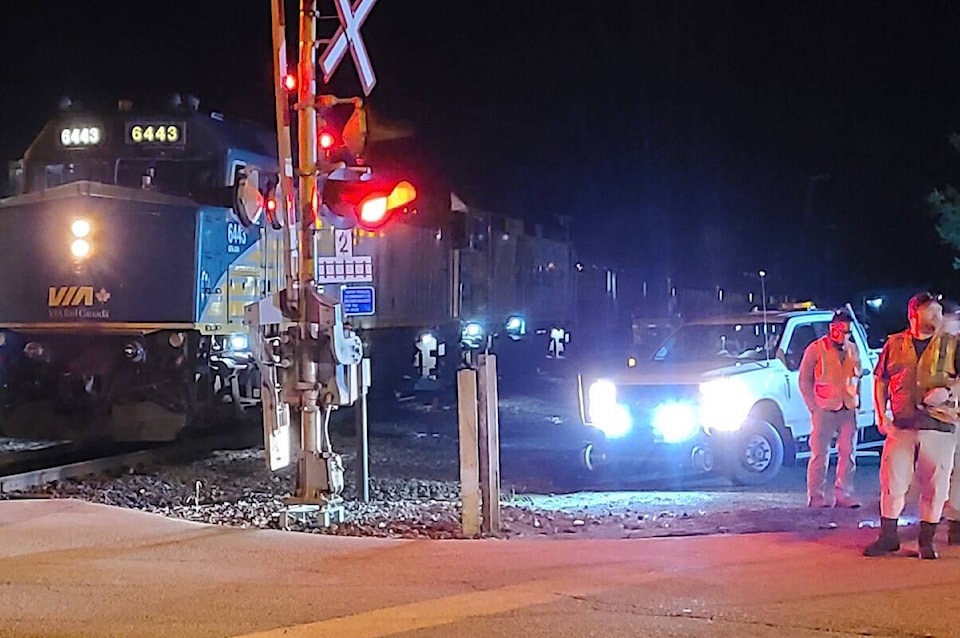Did the District of Hope spend $22,000 it didn’t have to spend?
Sharlene Harrison-Hinds claims that when the District activated its ‘Extreme Winter Weather Shelter’ during a cold snap last winter, it spent $22,000 on security.
Hinds lives in Hope and is a member of the Hope Citizens Emergency & Disaster Planning Committee (HCEDPC).
The HCEDPC has been vocal about the District’s record in emergency preparedness.
In this case, Hinds said the District didn’t need to take money from its own budget, insisting Emergency Management B.C. (EMBC) reimburses local governments for ‘response costs.’
“Hiring security for these facilities is common and best practice because it falls in line with the first principle of the British Columbia Emergency Management System, which is to ‘support health and safety of volunteers and responders,’” she said. “But whereas other local governments were reimbursed the cost of providing security at these locations through EMBC by submitting an Expenditure Authorization Form (EAF) for approval, the District of Hope has stated that while it provided $22,000 to assist with the cost of security at the shelter in Hope, it did not submit an EAF to EMBC.”
RELATED: Yale Historic Site gets disaster preparedness grant
RELATED: District of Hope moves ahead with grant application to help buy generator
A government document details what costs are eligible, listing ‘Contracted janitorial and security services for the EOC (Emergency Operations Centre) and other response facilities’ as a reimbursable expense.
“(This is) always a reimbursable expense under the Provincial Emergency Financial Guidelines,” Hinds said. “But because of Hope’s apparent lack of attention to emergency planning that cost instead has to be borne by local taxpayers when it could have been devoted to funding local-specific needs like road maintenance.”
Confirmation via email was received from District of Hope Fire Chief Tom DeSorcy and now-retired Chief Financial Officer Harry Osachoff that an EAF wasn’t submitted, and Hinds suggested it comes down to inadequate planning.
“It was learned from a Freedom of Information (FOI) request that the District of Hope does not have an Extreme Weather Shelter Plan, in addition to not having many other emergency plans,” she noted. “Due to not having a proper plan in place, outlining what are and are not reimbursable response costs, the District of Hope spent $22,000 of their operational budget on a service that could have been fully reimbursed by the province.”
Contacted by the Hope Standard, District of Hope Chief Administrative Officer John Fortoloczky said the District was “led to believe that no tasking number or support was to be issued” by the provincial government.
Having learned otherwise, the District is now working to recover the funds.
“With the intent of maximizing public health, the District funded these costs,” he said. “We are in the process of attempting to get these reimbursed via EMBC.”
